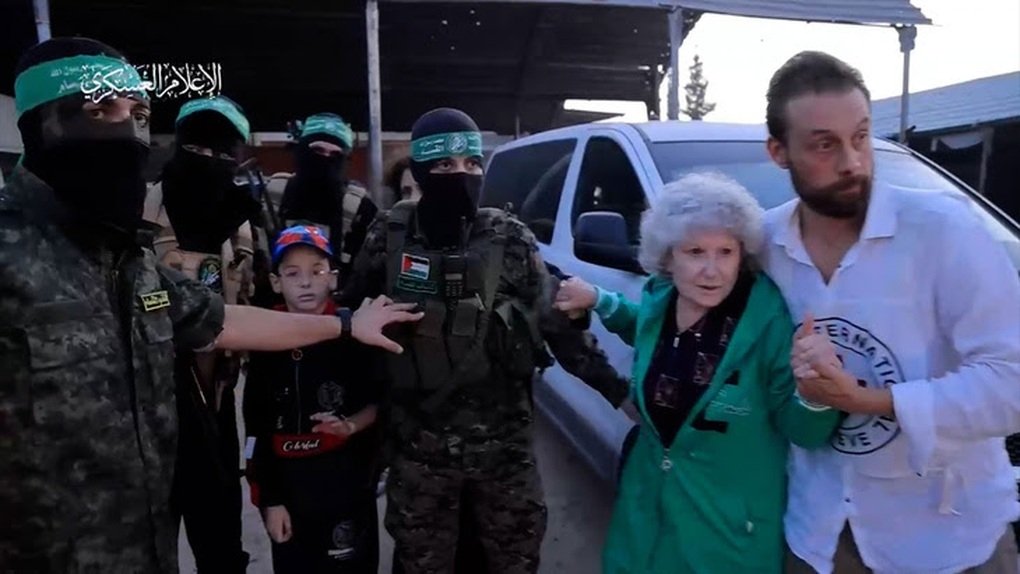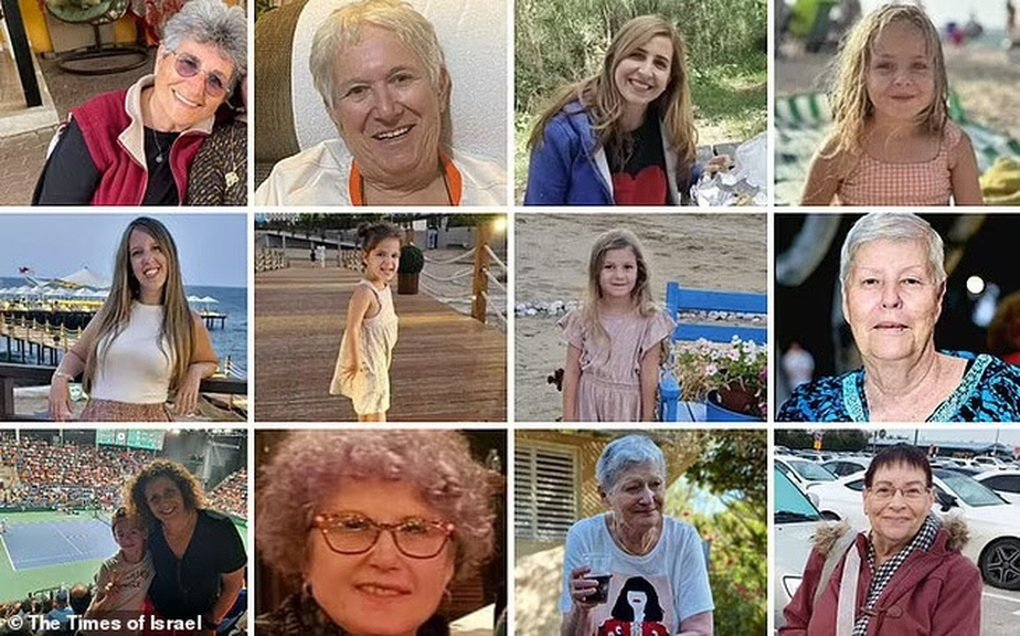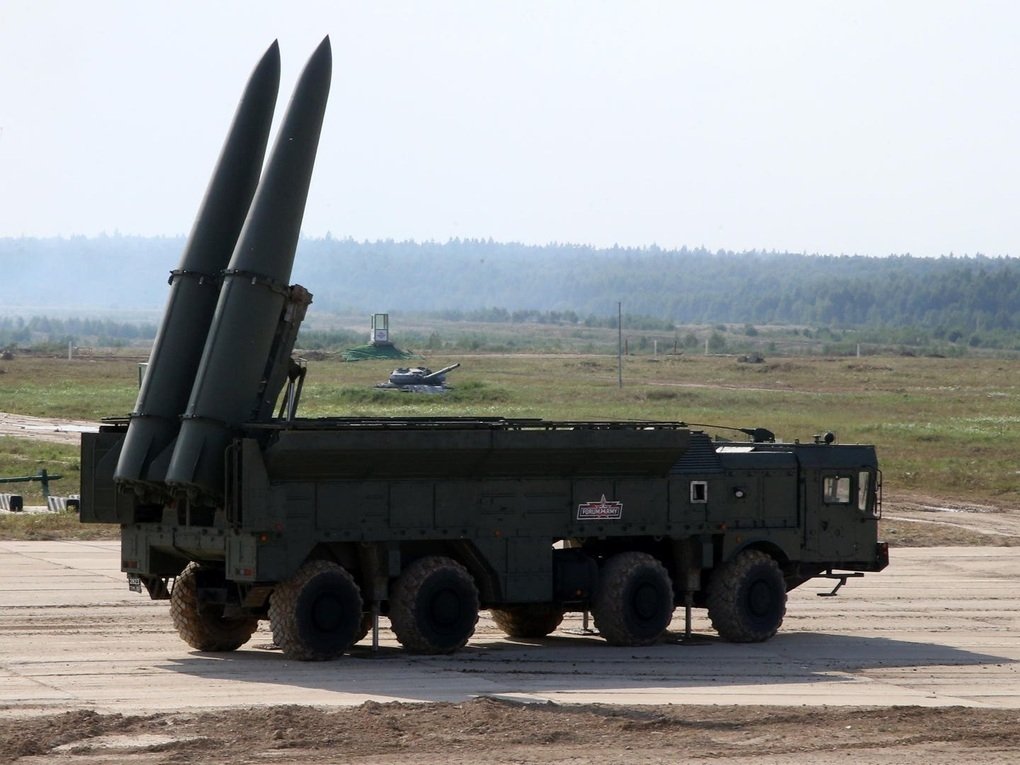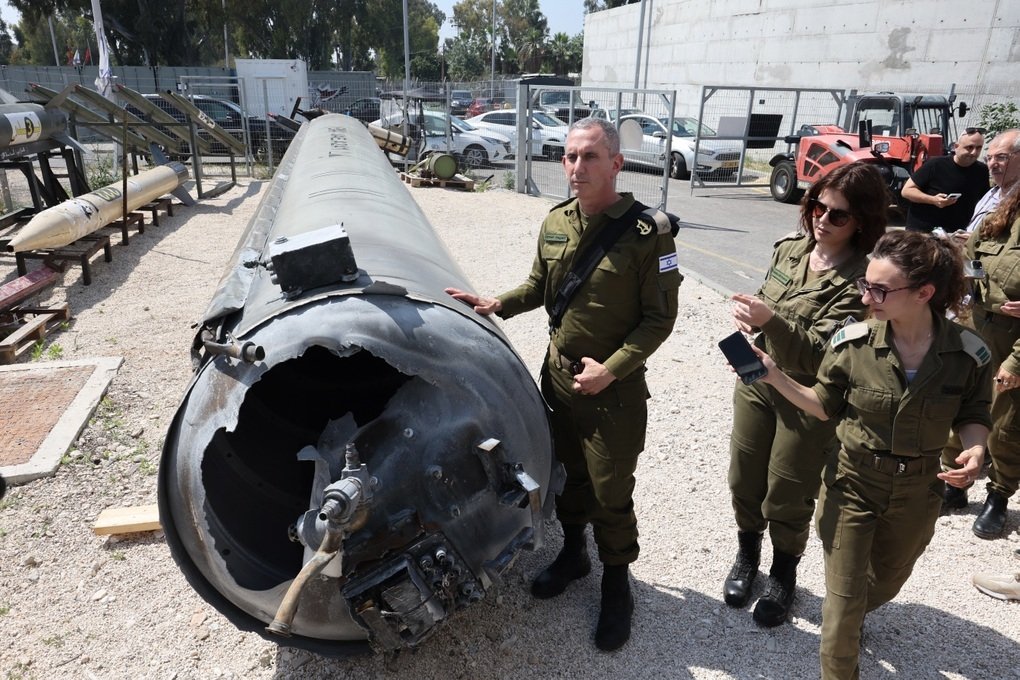(Dan Tri) – The story of hostages captured by Hamas on October 7 is emerging everywhere when dozens of Israeli women and children as well as foreign citizens were released under a temporary ceasefire order.
Some Israeli hostages have been released by Hamas (Photo: Times Of Israel).
It was almost impossible for the outside world to know under what conditions Hamas held Israeli and foreign hostages in the Gaza Strip until this was gradually revealed through the accounts of the newly released.
In the international media in recent days, such stories have appeared, thereby providing a clearer view of their lives while detained in the Gaza Strip for more than 50 days.
These are stories of difficult lives relying on limited supplies while bombs rained down on Gaza, of plastic chairs used as sleeping places or having to sleep on the floor, of inadequate meals, to
At least one man tried to escape from custody when the building in which he was being held collapsed after an Israeli air strike as well as the story of a captured boy who kept a diary about
However, much of the information about where and how the hostages were held remains unknown.
Scary silence
For the families of the hostages, not hearing from their loved ones for seven long weeks was truly painful.
Most of those freed are being treated in hospitals, away from media attention, and a shocked Israel is still searching for answers as to why such incidents happened.
On November 27, Israel and Hamas agreed to extend the ceasefire for another two days, an agreement brokered by Qatar and Egypt that will allow the exchange of more hostages in exchange for women and teenagers.
Psychologists have warned about the dangers of forcing newly released people to reveal information, fearing the risk of re-traumatization.
`Some of them decided to stay in the hospital for a long time to recover psychologically,` Mr. Itai Pessach, Director of Safra Children’s Hospital of Sheba Medical Center, said on November 27.
In an online press conference on November 26, families of some of the freed Israeli hostages said their loved ones still do not fully understand the extent of the impact of their kidnapping.
`They don’t know where they are`
Adva, the granddaughter of 85-year-old Yaffa Adar, said she counted each day of her grandmother’s more than 50 days in captivity while never losing hope for the day she would return to Israel.
Relatives said Mrs. Adar and Keren Munder, 54 years old, returned much thinner than before.
According to Raviv, hostage Munder and her mother, Ruth, 78 years old, have lost 6-8 kg.

Image from video released by Hamas about the release of hostages (Photo: Hamas).
Despite what they experienced, most of those who returned were happy and in stable physical condition.
In the early days of holding hostages, relatives were able to locate the whereabouts of some of them using their smartwatches or iPhones.
In an interview with Israel’s Channel 12, Raviv said her family members were detained both above and below ground, sometimes facing armed Hamas members.
Munder’s 9-year-old son, Ohad, spent his birthday in captivity.
Family accounts show that the hostages were isolated and cut off from the outside world.
`He managed to escape after the building collapsed and was alone for several days. But in the end, Gazans discovered him and took him to Hamas,` the aunt said.

9-year-old Ohad Munder and other hostages were taken to a hospital in Israel after being released by Hamas on November 25 (Photo: AFP).
It’s unclear how many hostages are still alive
According to sources, it is unclear how many people are still alive.
Hamas members said several hostages were killed in Israeli airstrikes.
At a press conference on November 27, the family of Elma Avraham – who was released a day earlier – said that this 84-year-old woman needed urgent medical care.
In addition to nearly 70 people who have been released, more than 150 people are still believed to be in detention.


